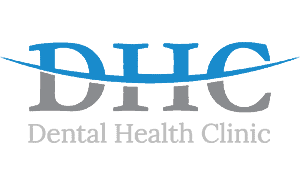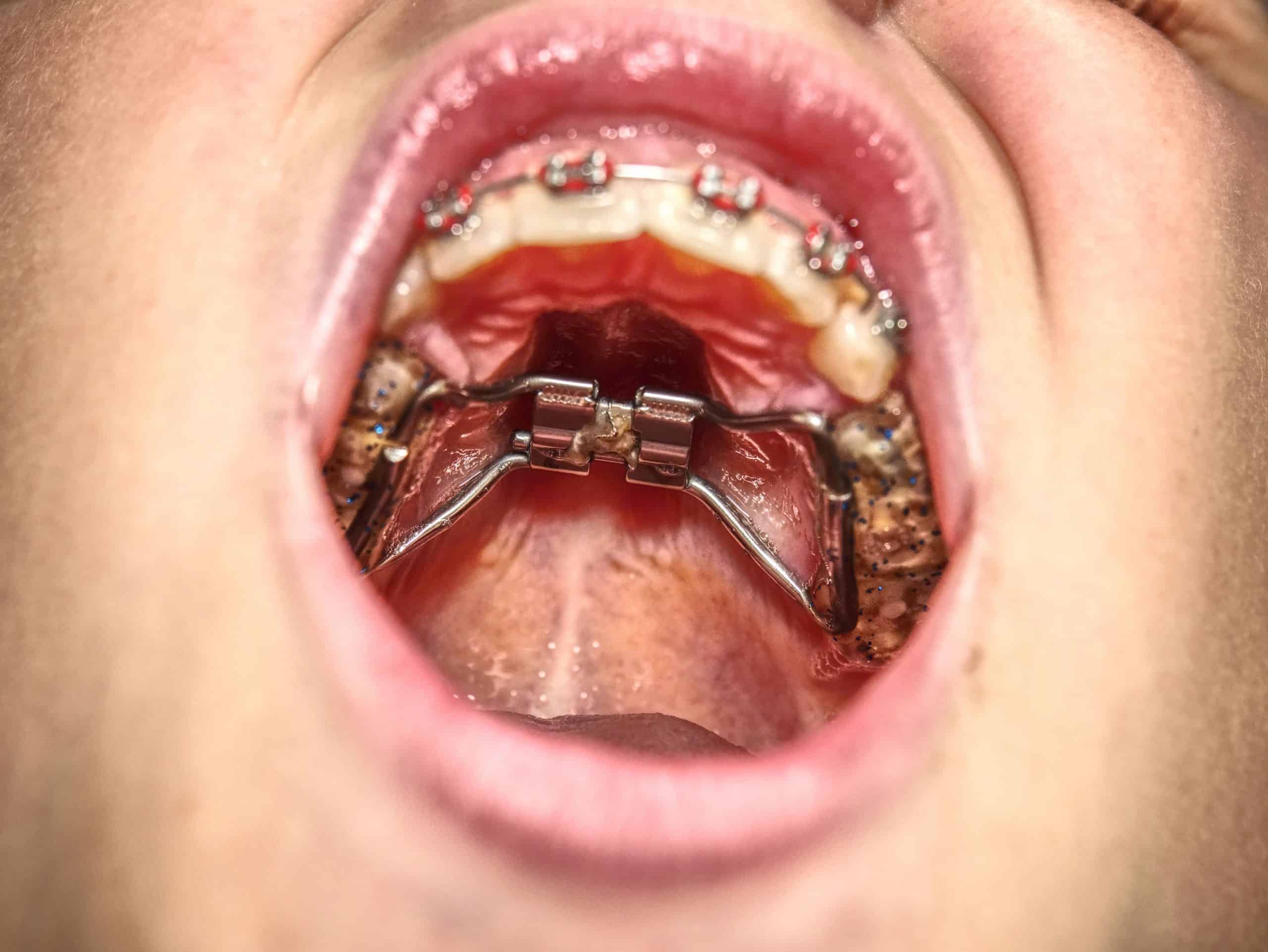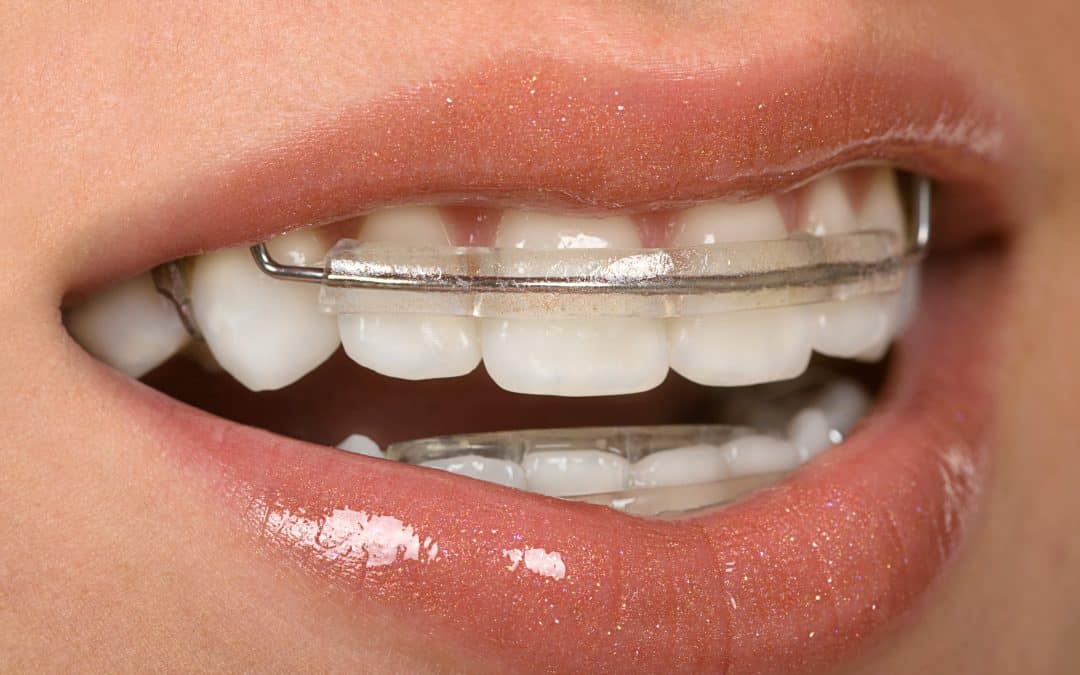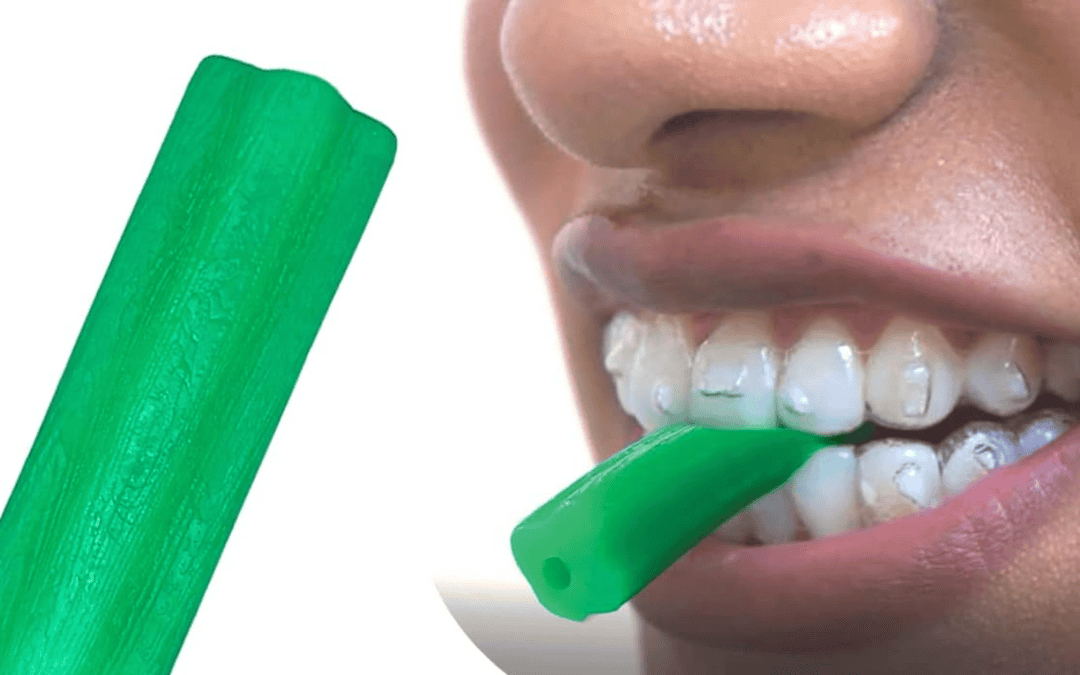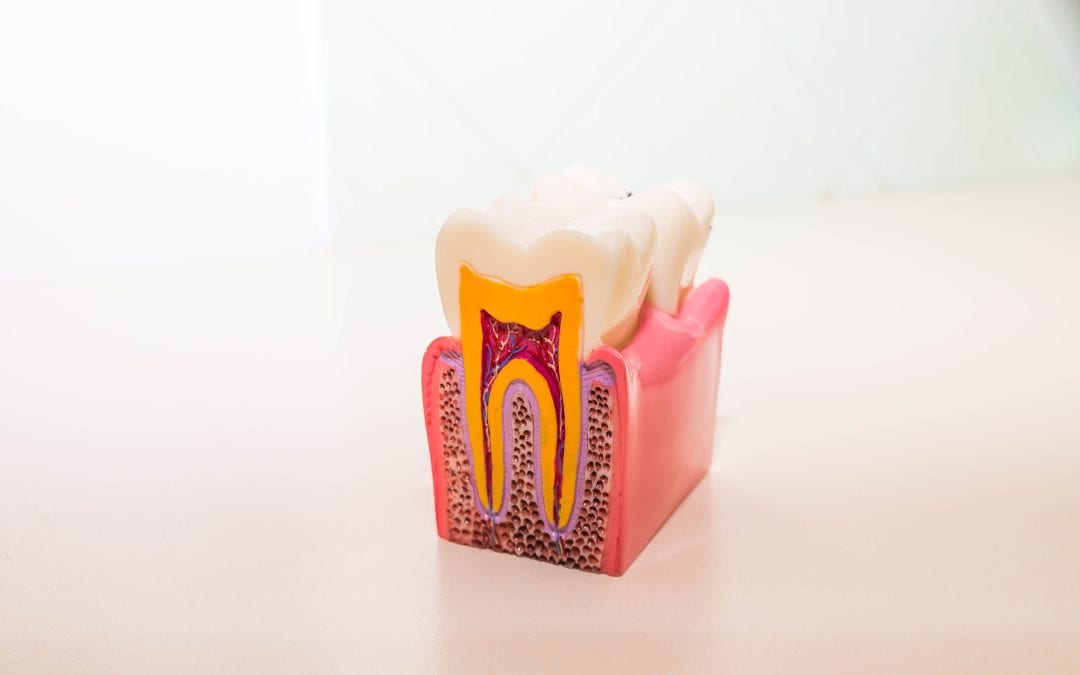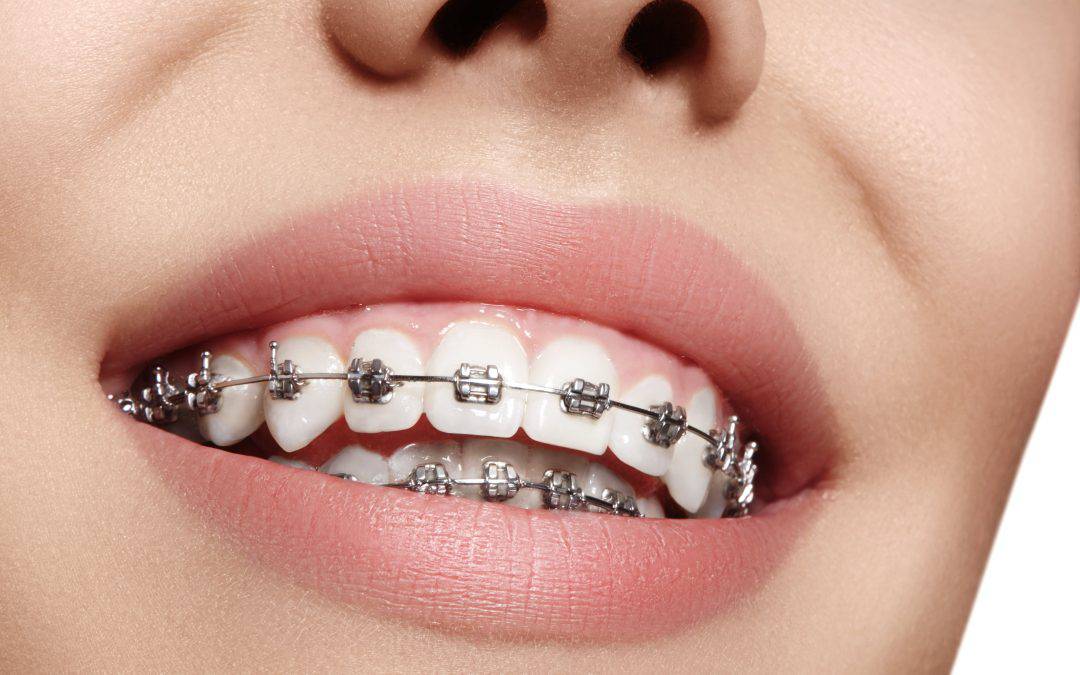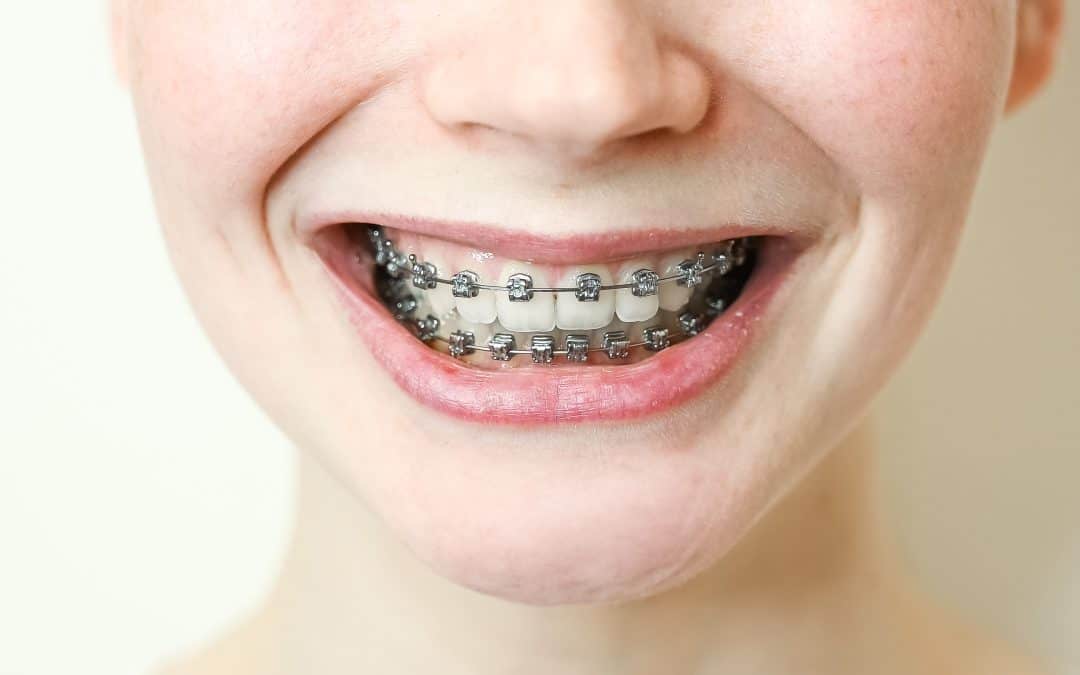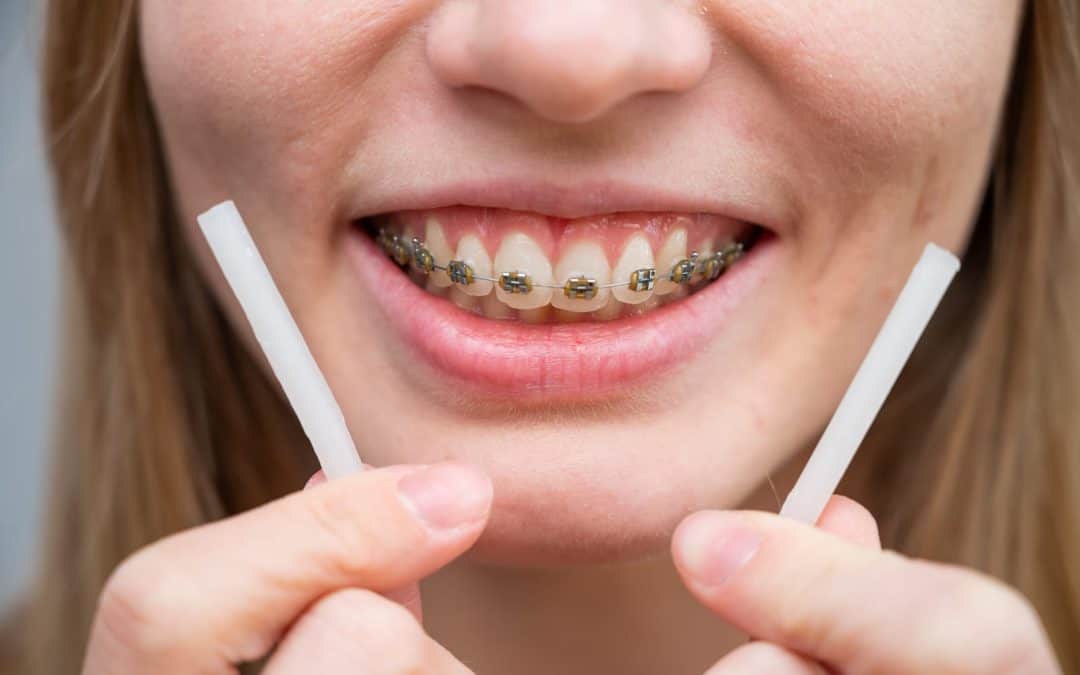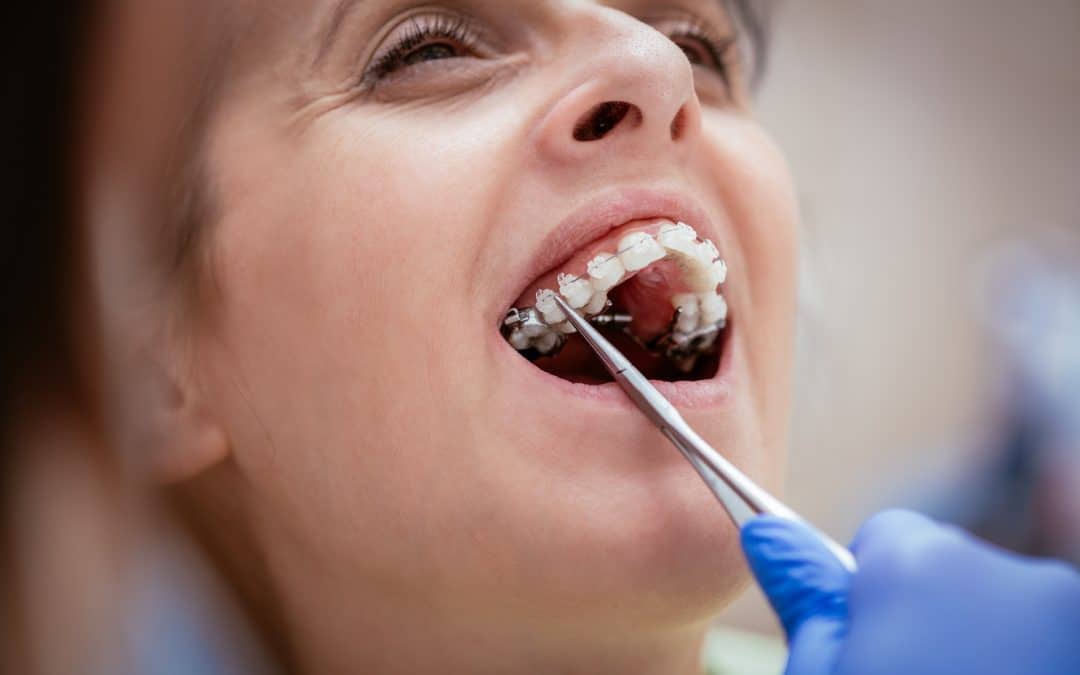Palate expanders have evolved as a new method for addressing many oral disorders in orthodontics, providing a variety of advantages and adaptability. They have become an essential component of orthodontic treatment approaches, helping to relieve overcrowding and improve ventilation and bite alignment. Let’s explore the realm of palate expanders further, looking at their applications, kinds, advantages, the expansion process, and how they vary for adults.
Palate expanders: Modernizing orthodontic correction, one smile at a time.
What is a palatal expander?
A palatal expander, often called a fast maxillary expander, is a dental device used to extend the top jaw (maxilla). It is made up of two sections joined in the centre by a screw mechanism. This mechanism gradually presses on the palate, causing the two portions of the upper jaw to shift apart somewhat each day. This moderate but constant pressure causes the bones of the palate to split, generating more room. Palate expanders are custom-made for each patient’s mouth, assuring maximum efficacy and comfort.
Uses for Orthodontic Palatal Expanders
Palatal expanders are flexible equipment used to treat a wide range of dental problems. Palate expanders are primarily used to address mouth overcrowding. When the upper jaw is narrow, there may be insufficient space for all of the teeth to fit correctly, resulting in misalignment and crowding. Palate expanders enlarge the palate, creating more room for the teeth to migrate into their proper locations during orthodontic treatment.
In addition to treating overcrowding, palate expanders are used to repair crossbites, which occur when the upper teeth fit within the lower teeth while the jaw is closed. This misalignment may lead to uneven tooth wear and jaw discomfort. Palate expanders work by extending the upper jaw to assist in aligning the top and lower teeth, improving the bite and decreasing pain.
Another primary use for palate expanders is to enhance breathing and relieve symptoms of sleep-disordered breathing, such as snoring and obstructive sleep apnea. A small upper jaw may limit airflow through the nasal passages, making it harder to breathe when sleeping. Palate expanders, which broaden the palate and nasal passageways, may assist in increasing airflow, decreasing snoring, and treating sleep apnea.
Removable palate expanders are a popular choice, especially among younger patients. These devices are custom-built to suit the patient’s mouth and are usually composed of acrylic or metal. Removable palate expanders have the benefit of being readily removed for dining, cleaning, and other activities. Patients or their parents are told to activate the expander by twisting a screw slightly each day with a specific key supplied by the orthodontist.
Benefits of Palate Expansion
Improved Dental Alignment:
Palate expanders provide room for crowded teeth, enabling them to shift into their proper locations more readily during orthodontic treatment. This may provide a straighter, more visually attractive grin.
Assist Airflow:
Palate expanders may assist in improving airflow, lowering the risk of breathing disorders, including snoring and sleep apnea. Improved breathing may result in more excellent sleep quality and general health.
Future Issue Prevention:
Addressing a narrow upper jaw early on with palate expansion might help to avoid more significant dental issues later in life, such as impacted teeth and temporomandibular joint (TMJ) disorders. Palate expanders, which provide additional space in the mouth, may assist in guaranteeing good teeth alignment and lower the risk of future dental problems.
Enhanced Face Symmetry:
Palate enlargement may help improve face harmony by addressing asymmetries produced by a small upper jaw. Palate expanders, which enlarge the palate, may assist in generating a more balanced facial profile and enhance overall facial attractiveness.
The Palate Expander Process
Acquiring a palate expander usually starts with a visit to an orthodontist. The orthodontist evaluates the patient’s dental concerns and decides if palate expansion is required. If so, imprints or digital scans of the patient’s teeth and mouth are obtained to design a personalized expander.
When the expander is ready, it is placed in the patient’s mouth, and the orthodontist instructs them on how to use the screw mechanism. Patients or their parents are often told to turn the screw a little amount every day using a specific key supplied by the orthodontist. This slow expansion process continues until the appropriate degree of widening is reached, at which point the expander is usually kept in place for a few months to stabilize the results.
How Adult Palate Expander Is Different
Palate expanders are often associated with children and teens. However, they may also be utilized in adults to treat specific dental disorders. However, the procedure may vary somewhat depending on the maturation of the jaw bones. In adults, palate enlargement may need a more extended treatment period and extra precautions to ensure the outcomes are stable. Additionally, adult palate expanders may be paired with other orthodontic procedures, such as braces or clear aligners, to produce the best outcomes.
Bottom Line
Finally, palate expanders provide a contemporary and practical approach to treating a variety of orthodontic difficulties. Whether for toddlers or adults, these devices may assist in generating more room in the upper jaw, resulting in better dental alignment, ventilation, and overall oral health. Dental Health Clinic is the best place to go for top palate expanders. Patients who understand the purposes, kinds, advantages, and procedures of palate expansion may make more educated choices about their orthodontic treatment and obtain better long-term outcomes. If you have any concerns concerning palate expanders or orthodontic treatment, speak with a certified orthodontist from the Dental Health Clinic for specialized advice and assistance.
